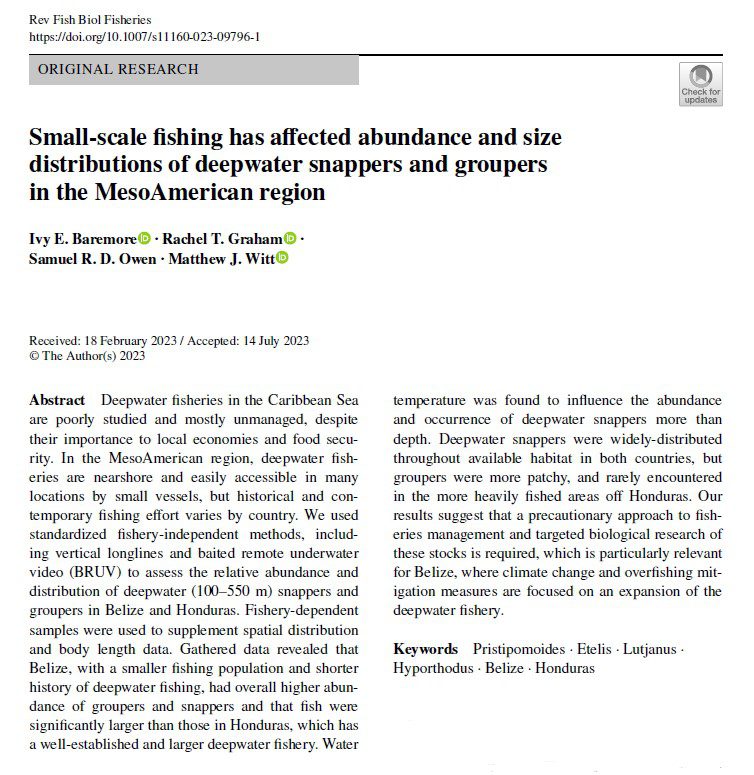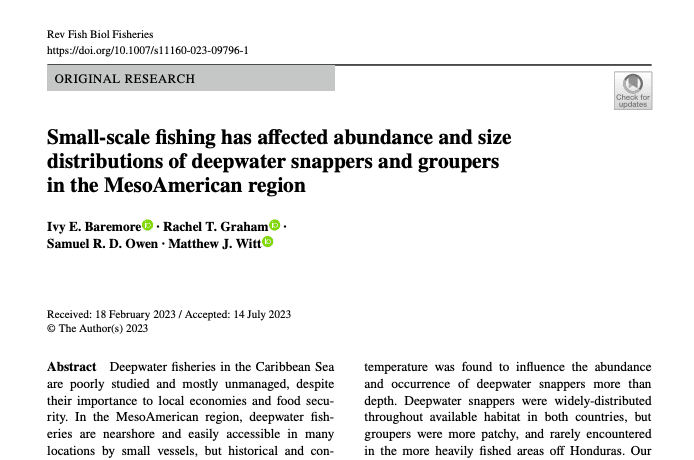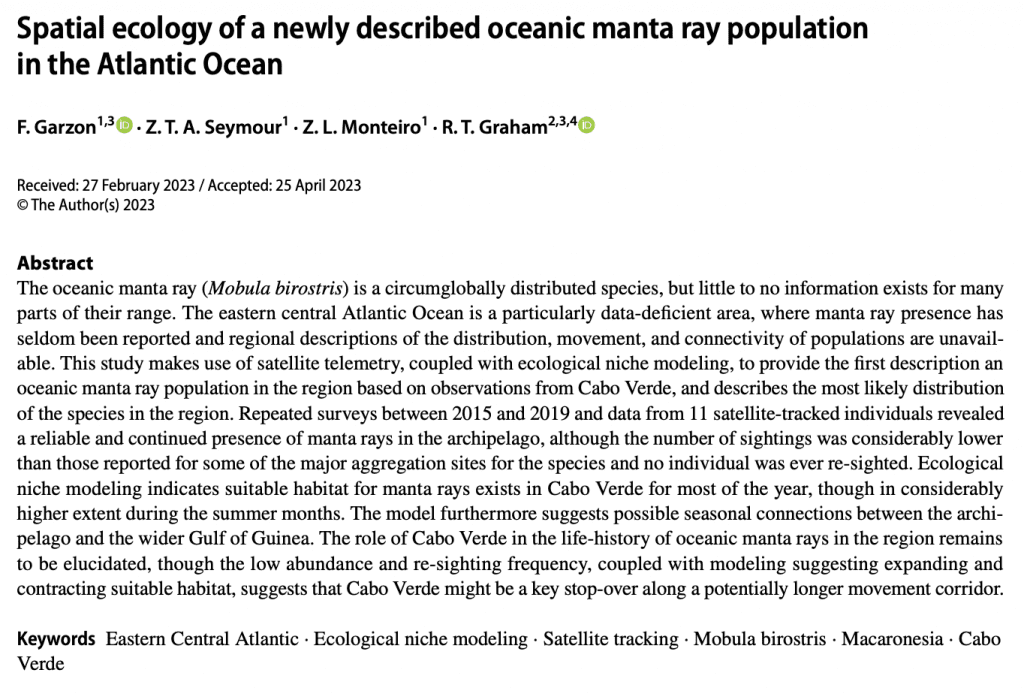White sharks Carcharodon carcharias are widely distributed within New Zealand’s exclusive economic zone (EEZ), occurring in coastal and oceanic waters from at least 33oS to 52.5oS, and are taken in a number of non-commercial and commercial fisheries. Recreational and customary fishers mainly take white sharks as bycatch in gillnets, and occasionally on longlines (Duffy unpubl. data). Sport fisheries for white sharks in New Zealand are largely undeveloped and fishers often tag and release those they do catch (Mossman 1993; Wilson 2002). A protective beach meshing programme run by Dunedin City Council (DCC) operates seasonally off Brighton, St. Clair and St. Kilda beaches. Although targeted, no white sharks have been taken since 1975. All sharks taken are disposed of at sea unless requested for research (L. Bell, DCC, pers. comm.). White sharks are not considered capable of sustaining a target fishery in New Zealand and commercial fisheries regulations prohibit directed fisheries (Francis 1998). They are taken as bycatch, however, in bottom-set longline, dropline and gill net fisheries, and occasionally in trawl and tuna longline fisheries (Ministry of Fisheries Catch Effort Database, Duffy unpubl. data). Landings and sale of bycatch is permitted.

Small‑scale fishing has affected abundance and size distributions of deepwater snappers and groupers in the MesoAmerican region
Deepwater fisheries in the Caribbean Sea are poorly studied and mostly unmanaged, despite their importance to local economies and food security. In the MesoAmerican region,


